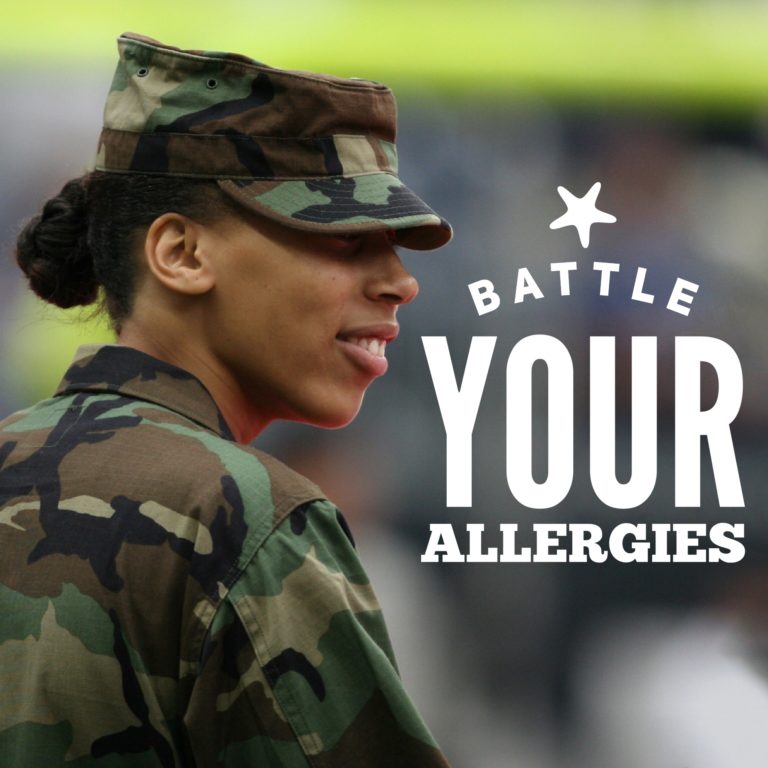The Struggle Is Real!
Strategic planning is paramount in any type of warfare. Know your enemy and their approach/line of attack. The more you know, the better you can plan your defense and counterattack. The principles are the same when it comes to your health when you suffer from allergies. So far this week we’ve been addressing issues with fall allergies, and today we are going to organize a full out war!
Know Thy Enemy
Earlier this week we began delving into some facts about ragweed/allergens (click HERE to review), and today let’s go a bit deeper. Other plants in the ragweed larger family of plants include sage, goldenrods, marigolds, zinnias, sunflowers and hibiscus, so you may want to steer clear of these lovelies.
Fight Back Against Food
Additionally, there are certain foods you may want to label suspect! “Oral allergy syndrome” occurs when certain foods may trigger an allergic reaction to individuals who are allergic to ragweed (according to the Allergy and Asthma Foundation of America). Some of these potential reaction triggers include artichokes, bananas, cantaloupe, dandelions, Echinacea, cucumbers, green peppers, hibiscus tea, wildflower honey, honeydew, and raw zucchini. Even sunflower seeds or chamomile tea mike provoke a response. Check with your physician/allergist to see if you may need to limit or eliminate any of these foods.
Timing is Everything
Ragweed pollen levels tend to be at their worst shortly after dawn. The peak of the pollen volume ranges from about 10am to 3pm. Rainy days can be your friends as cooler temps and rain helps obstruct and hinder the release of pollen. Plan your outside hours accordingly to limit your exposures. Ragweed season runs from the beginning of August till mid-October.
Gear Up
Just like a soldier wears specific gear and keeps her uniform clean, so must you consider clothing. If you have been outside for any length of time, change your clothing as soon as you come back in, and consider showering (or at least washing up, especially our face) to keep pollen off your skin and fabrics and out of your hair.
Monitor the Battlefield
Watch the weather reports for the local pollen counts. There are also apps for your phone that can help you inspect air quality for the day. Keep your windows closed to minimize pollen and clean/replace your air conditioning filters regularly.
I hope these gathered facts and info have helped you in your battle against fall allergies. As always, I am not a doctor or nutritionist or allergy expert, just a health coach pulling together info for you. This is not in any way meant to be considered medical advice! Therefore, ALWAYS check with your doctor before beginning any new health routine. And while natural alternative remedies are a great option to explore, only your doctor can advise you on what is the best methods of treatment/medicines and over-the-counter treatments.
Plan, prepare and fight the good fight! May each breath you take be blessed!
Sources:
http://ww.livestrong.com/article/71205-foods-trigger-ragweed-allergies
http://abcnews.go.com/Health/AllergiesNews/story?id=7240181&page=1
http://asthmaandallergies.org/asthma-allergies/ragweed-allergy/



Recent Comments